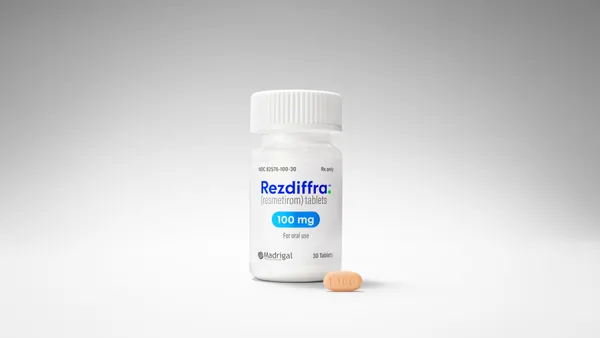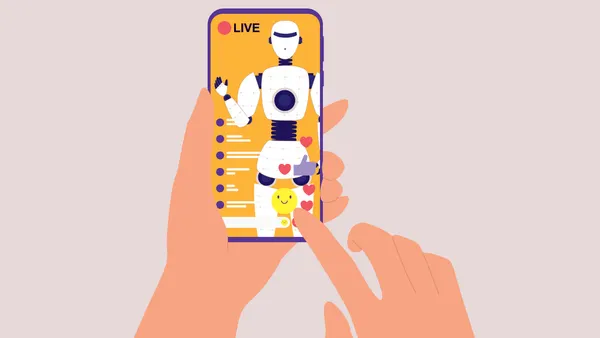In a recent study conducted by Enable Healthcare, practitioners had an opportunity to shed light on a variety of multicultural topics, such as the impact of “folk medicine” and language barriers on patient care. The eightmonth study offers keen insight into how physicians perceive multicultural issues in their prac tices and identifies ways CME providers can enhance their content to address the gaps. This multicultural study, which was underwritten by Enable Healthcare, was sent to 4,000 primarycare physicians nationwide via fax broadcast, printed inserts, and email distributions. Not surprisingly, language barriers were ranked as the highest roadblock to quality patient care.Almost 80% of physi cians surveyed either agreed or strongly agreed that language barriers sometimes adversely affect patient outcomes. A full 95% of respondents reported that these barriers sometimes adversely affect how physicians treat their patients. The impact of folk medicine, contrasted with convention al biomedicine, also struck a common chord. About 70% of respondents were in agreement that “lay health beliefs” pre sent barriers to treatment and/or patient compliance. Con trast that with the 1% who strongly disagreed. Interestingly, while these physicians recognize that diver gent cultures give rise to disparities of care, only 27% report that their practices have “cultural competency measurement tools to ensure equality of care across all patient populations.” In fact, fewer than half (41%) think professionals in their prac tices can “easily define cultural competency and how it affects the quality of healthcare.” Perhaps the greatest learning from this study is insight into effective ways to structure content to close multicultural gaps. For example, almost threequarters (73%) of physicians believe their practices would “benefit from basiclevel foreignlanguage courses tailored to improving communication between patient and healthcare provider.” Understandably, obtaining an educa tional grant exclusively for language enhancement can be chal lenging. But there are ways to bridge the multicultural gap with in the context of traditional CME content. Aim for the Penultimate Goal for the Greatest Rewards The ultimate goal of CME is to positively impact patient care. It should be core to the mission of all accredited providers to reach and teach physicians in such a way that patients become the beneficiaries of the expenditure of capital, whether that capital is intellectual or monetary. When planning and executing a CME activity, providers should strive for a penultimate goal with near equal diligence: to innovate and educate in ways that capture the participants’ attention, inspire their feedback, and satisfy their pen chant for learning. In the end, an engaged mind is a porous mind. With that in mind, physicians were asked what instructional design tactics would be beneficial to bridge multicultural gaps. The following are a few suggestions that can engage the physi cian and make the “user experience” an enduring one. Tonguetied: Simply put, language gets in the way. Survey results show that physicians believe language barriers can adversely affect patient outcomes.The majority of respondents concurred that their practices would benefit from tailored for eignlanguage communication initiatives between patient and healthcare provider. Activities can include “keyword” listings with frequently used terms, “folk remedies” translations, etc. Additionally, CME can be offered in a foreign language. Enable Healthcare developed a live teleconference series in Spanish that focused on type 2 diabetes. Given the preva lence of diabetes in the Hispanic/Latino population, the strat egy was to offer physicians educational updates in the language that was spoken with their patients. Clearly, these U.S.based physicians speak English; but, they were highly receptive to par ticipating in a Spanishlanguage CME activity.The activity, which was supported by an educational grant from Aventis Pharma ceuticals, received favorable reviews, and the overwhelming majority of participants indicated their practice outcomes would improve and the educational design was helpful. It’s How You Say It: Sensitivity is key in patient care. When asked whether “educational activities that focus on how to pro vide culturally sensitive healthcare” would benefit the physician, 83% of respondents were in agreement.Almost 60% reported that “educational activities that focus on the disparity of care based on race and ethnic background” would be beneficial.To achieve this goal, case studies can provide a roleplay patient provider conversation to identify sensitive areas and topics. Art of the interview: Similar to roleplaying as a way to improve sensitivity, the patient interview itself is key. In the presence of diverse cultures, understanding how to interview a patient is critical to developing successful treatment plans. Physicians were asked whether it would be beneficial to “uti lize patient interviews as a teaching tool to improve care pro vided to patients of diverse racial and ethnic backgrounds.” Almost threequarters (72%) agreed or strongly agreed. A solution is to provide patient interview guidelines that high light successful interviewing techniques. Enable Healthcare Communications Alicia A. Efessiou Chairman and CEO ENABLE HEALTHCARE COMMUNICATIONS is an ACCMEaccredited provider with offices in Virginia, NewYork, and Pennsylvania. For information on creative options in CME, please call Alicia A. Efessiou, Chairman and CEO. at 5712030517, or visit enablehealthcare.com. It should be core to the mission of all accredited providers to reach and teach physicians in such a way that patients become beneficiaries of the expenditure of capital — intellectual or monetary. Carpe Diem in Multicultural CME AGENCY SERVICES
An article from


Carpe Diem in Multicultural CME
Filed Under:
Commercialization









